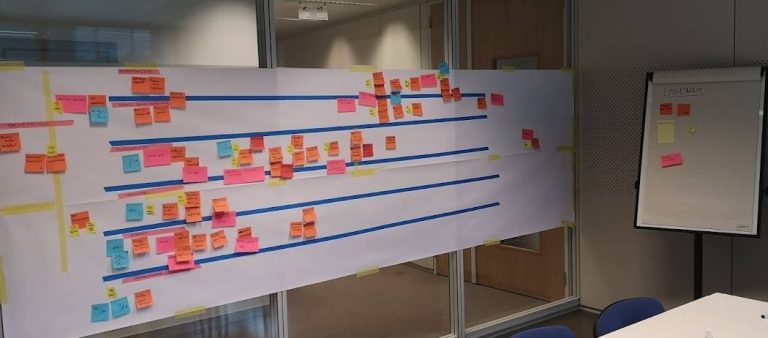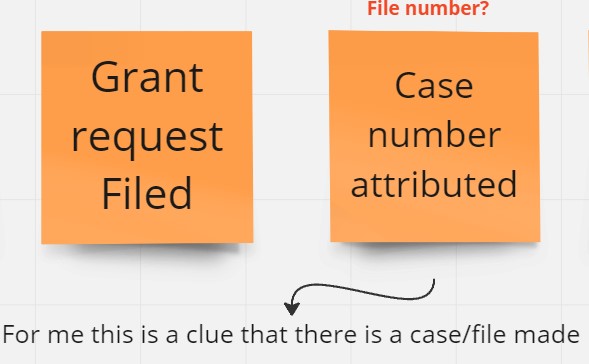EventStorming: A Collaborative Approach to Domain-Driven Design
EventStorming is an innovative technique in the software development world that fosters collaboration and deep understanding of complex business domains. As a technique, it aligns well with the principles of Domain-Driven Design (DDD), a development approach focused on creating rich domain models that accurately represent the problem space. This blog post will explore the relationship between EventStorming and DDD, highlighting the benefits and synergies that arise when these two methodologies are combined.
EventStorming: A Collaborative Modeling Technique
EventStorming is a collaborative modeling technique that involves visualizing and discovering events within a business domain. By bringing together domain experts and software developers, EventStorming encourages open communication, shared understanding, and exploration of the complex domain. The process involves capturing domain events on sticky notes and arranging them on a timeline to understand the flow of business processes, rules, and interactions.
The Relationship between EventStorming and Domain-Driven Design
DDD is a software development approach that aims to tackle complex domains through the creation of a rich, expressive language, known as the Ubiquitous Language, which is shared by both domain experts and developers. DDD emphasizes the importance of collaboration between these parties in order to gain a deep understanding of the domain and to design effective software solutions.
EventStorming complements DDD by providing a visual, interactive way to discover, model, and explore the business domain. By identifying domain events, event-driven architecture naturally emerges, leading to the creation of modular, loosely coupled systems. This is in line with DDD principles, which encourage the separation of concerns through the use of Bounded Contexts and the development of a clear, well-defined domain model.

Benefits of Combining EventStorming with Domain-Driven Design
- Enhanced collaboration: EventStorming facilitates communication and collaboration between domain experts and developers. This is a key aspect of DDD, as it enables the creation of a shared understanding of the domain and the development of an accurate domain model.
- Discovery of domain events: By visualizing and identifying domain events, EventStorming provides valuable insights into the underlying business processes and rules. This, in turn, helps developers to create more effective and accurate domain models, which are essential for successful DDD implementation.
- Improved domain model: EventStorming supports the creation of a well-defined, modular domain model that adheres to the principles of DDD. The resulting model is more maintainable, scalable, and adaptable to changing business requirements.
EventStorming and Domain-Driven Design are complementary techniques that, when combined, offer a powerful approach to software development. EventStorming facilitates the collaborative exploration and modeling of complex business domains, which is essential for the successful implementation of DDD. By leveraging the strengths of both methodologies, software development teams can achieve a deeper understanding of the domain, create more effective domain models, and ultimately deliver more valuable software solutions that meet the needs of the business.




